|
Ticks have a tiny yet tenacious hook on the end of each leg, especially their forelegs, with which they are extremely good at latching onto things and not letting go, according to Department of Environmental Protection (DEP) tick specialist Christian Boyer. “Questing is the action where they come to the edge of vegetation and when a host comes by, they’ll put their arms in the air and grab hold,” he said. “If there is a change in temperature – a shadow casts over them – they will stretch out their arms when they sense a host and grab a hold and find a place to attach.” The process, therefore, is very similar to writing a compelling story. The first paragraph, the very tip of the material that will come in contact with a reader – the potential host – is called a lede and within that you want a good hook.
Matter of perspective
Deer Tick Virus has been on the DEP’s radar in Pennsylvania since 2015, and while there have been spikes in various places since then, the statewide average infection rate is about 1.5 percent, “so it is not very prevalent,” said Boyer. “It is important to keep things in perspective, but we are seeing an increase in tick numbers and some of that is due to warmer winters when blacklegged ticks can be active all winter when conditions are right.” Boyer has collected ticks in conditions as low as the mid-20-degree mark, and while warmer winters play a role in those numbers increasing, there are other theories. “There could have been a higher rat population last year, so that increases the number of rodents in the population which could give way to a larger nymphal tick population,” he said. “There are a whole lot of other environmental factors we are investigating as to why we might see these fluctuations in ticks.” The active environmental tick survey for nymphal blacklegged ticks involves pulling a small sled-like structure under the canopy of trees in the leaf litter without a lot of understory vegetation. “Ticks are very sensitive to drying out, so we target an area where they are going to be low to the ground. That is where they are going to quest,” said Boyer. “The adults later in the fall are less likely to dry out, so they are more likely to be found in the edge habitat and they will quest a little bit higher.” After pulling the white felt-covered sled along the leaf litter, Boyer turns it over and immediately scans the bottom for signs of larval or nymphal-stage ticks. “We’re looking for movement on the drag or the body shape amongst all these seeds,” he said. “Kind of like a tear-drop shape. The nymphs are about the size of a poppy seed.” All ticks found during these surveys are collected and sent off for testing. According to Boyer, about 25 percent of the nymphs on average come back positive for Lyme Disease, while 50 percent or higher of the adults are positive for Lyme. Proactive protection While the trending numbers of ticks and concerns over Powassan may be concerning, the biggest take-home message, according to Boyer, when it comes to tick-borne pathogens is personal protection. “We’re not going to get rid of all ticks, so the best thing people can do when they’re outdoors is to take some precautions, such as to use repellents containing DEET or use permethrin spray on your clothing. Some comes with it already in the clothing or you can get a spray that will kill the ticks on contact,” said Boyer. “Other things people can do when outdoors is to walk in the center of trails and to stay away from the edges because that’s where the ticks are going to be, especially in the fall.” He also suggests tucking your pants into your socks and your shirt into your pants to “create a barrier so ticks don’t have direct access to your skin.” When returning home, tick checks are imperative – on yourself, your other family members and your pets, as well. “If Fluffy jumps in bed with you at night and ticks are on Fluffy, they can crawl right off of her and onto you,” said Boyer. “Put your clothes in the dryer on high heat, which will help kill the ticks because they are so sensitive to drying out. Just washing them won’t kill them, so put them in the dryer,” he said. “Also, take a shower when you get home. That can help take care of ticks that may still be crawling on you. Still, tick checks are about the best thing you can do.” An eye on new species While Boyer and his team target the blacklegged tick, more commonly known as the deer tick, they have their pulse on all tick species across the state, including some newer species of concern. “We just identified the Asian longhorned tick in Pennsylvania in 2019 and it quickly has spread to 24 counties now in a very short period of time,” he said. “We just identified one in Monroe County, the farthest north in the state. It’s out in Pittsburgh and some of the counties bordering Ohio. “We test those in our lab. Literature says they can’t transmit anything to people, but we are finding that those ticks can at least pick up things like Lyme Disease and any of the tick-borne pathogens so we are still unaware of how it all relates to human health.” There is also concern about the expansion of the Lone Star tick in Pennsylvania. “While their populations seem somewhat isolated right now, in all the states around us, they are the primary tick of concern,” Boyer said. “Luckily for us, it is not ours yet, but I do anticipate those populations expanding.” Gulf Coast ticks were identified for the first time in 2020 in one county in Pennsylvania and established populations in Philadelphia in 2021, according to Boyer, this year finding them in Delaware County. “We have relationships with the CDC (Centers for Disease Control) where they’ve tested those for a pathogen they can transmit to people and it’s the highest incidence of infection rate that the CDC has ever found,” Boyer said. “So we are really paying attention to all ticks in the state and how they may impact human health.”
3 Comments
Dr. Kent Mountford
10/31/2023 09:29:16 am
In 2022 living in Southern MD about half way down Chesapeake Bay, I saved all the ticks I took off myself. Six were Lone-Star, and that October I was diagnosed with Alpha-galactose Anaphalactic Syndrome, which means I can no longer eat / drink and mammalian food products. This is a terrible life change for a "meat and potatos" guy. This will likely follow me at least for years and any slip eating some bit of meat results in extreme diarrhea, and or hives all over my legs and butt. I'm a working scientist on Chesapeake Bay with half a century experience here. Still I've No idea how in a rural life setting, I can totally avoid ticks; the first one in 2023 was an adult Lone Star
Reply
2/11/2024 03:49:43 am
Thank you for this enlightening blog post! Your knowledge on the subject is truly impressive. Your trusted source for decks and fences: Logan Deck & Fence.
Reply
3/13/2024 09:23:40 pm
Your writing style is also fantastic! It kept me hooked from beginning to end. It's clear you put a lot of thought and effort into it, and it definitely shows. I'm definitely going to be sharing this with my friends and family.
Reply
Leave a Reply. |
AuthorsRiverkeeper John Zaktansky is an award-winning journalist and avid promoter of the outdoors who loves camping, kayaking, fishing and hunting with the family. Archives
July 2024
Topics |
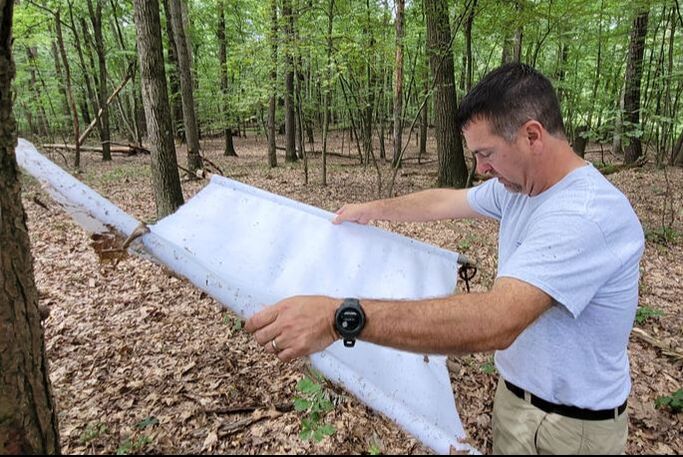
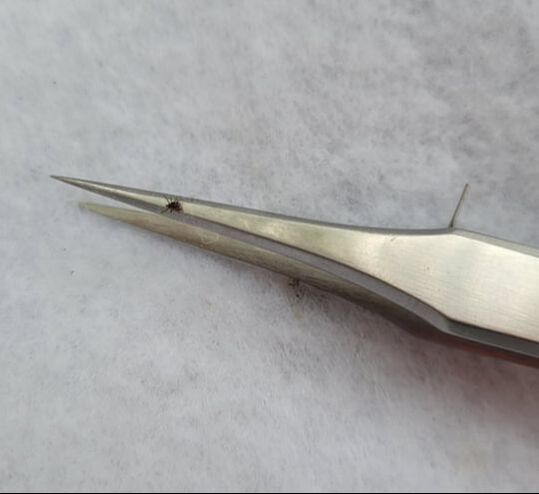
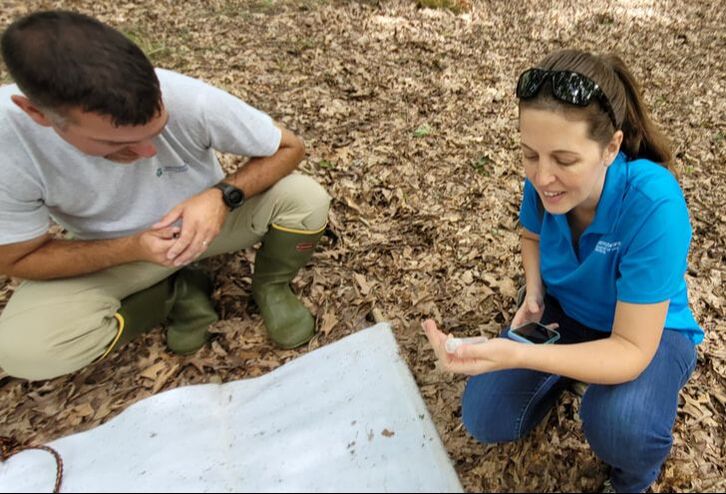
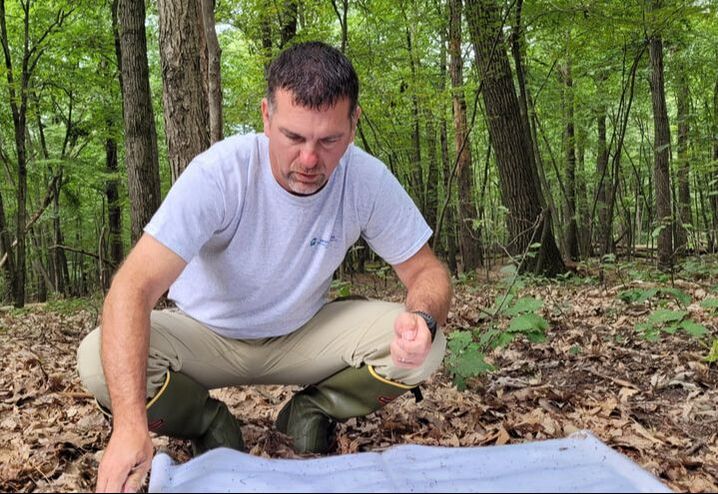
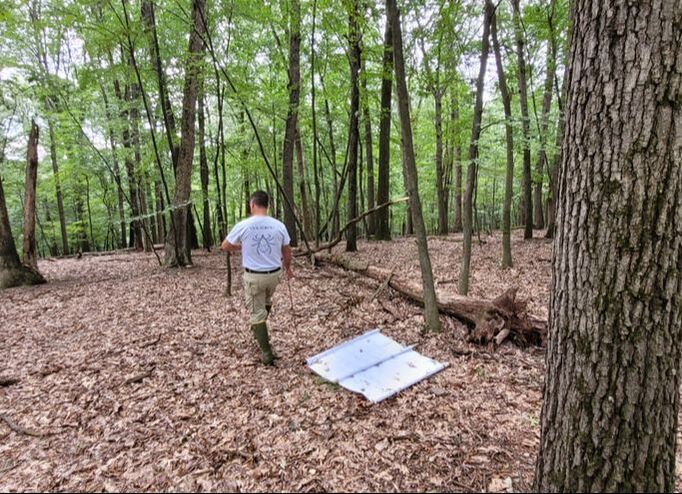
 RSS Feed
RSS Feed